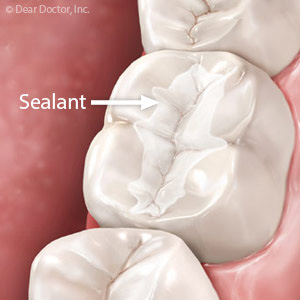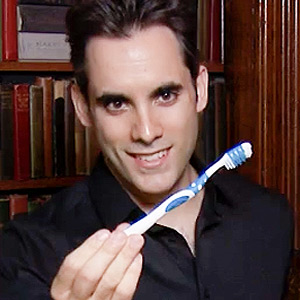

“My tooth hurts…or maybe more than one. Or, it might be my gums.”
If you’re having trouble describing the pain in your mouth, don’t feel bad. Although our body’s pain mechanism is great for alerting us to a problem, it can’t always tell us the true cause and location of that problem.
That’s especially true of tooth pain. It could be a sign, for instance, of decay within a tooth’s inner pulp. When under attack, the nerves in the pulp often send out pain signals that could be sharp, dull, continuous, intermittent, seeming to come from one tooth or several.
If this is the case, depending on how deep the decay is, you could need a filling to resolve the problem or, if it’s more extensive, possibly a root canal treatment to save the affected tooth. If you need a root canal, after removing the pulp’s diseased tissue, the procedure calls for filling the empty pulp chamber and root canals to prevent future infection.
Another possibility for the pain is gum disease that has also infected the tooth. Gum disease usually begins with the bacteria in dental plaque, a thin biofilm that builds up on tooth surfaces, which infect the gums. If not treated promptly, the infection can advance below the gum line to the tooth roots and supporting bone. From there, it could invade the tooth and travel through the root canals to the interior pulp.
In this scenario, we’ll need to treat the gum disease by removing plaque and tartar (hardened plaque) deposits from all tooth and gum surfaces. This is usually done manually with hand instruments or ultrasonic equipment, but it may also require surgical access to infected areas around the roots. If the tooth’s nerve has become involved, we may also need to perform a root canal treatment as described above.
There are three key points to take from these two tooth pain scenarios. First, the only way to determine the true cause of your pain (and what treatment you’ll need) is with a dental exam. Second, the sooner your pain is diagnosed and you begin treatment, the better your outcome—so see your dentist at the first sign of pain or other symptoms like swollen or bleeding gums.
And finally, you may be able to prevent these and other dental problems by removing disease-causing plaque through daily brushing and flossing and professional teeth cleaning every six months. Prevention through effective oral hygiene may help you avoid a future bout of mysterious tooth pain.
If you would like more information on treating tooth pain, please contact us or schedule an appointment for a consultation. You can also learn more about this topic by reading the Dear Doctor magazine article “Confusing Tooth Pain.”









